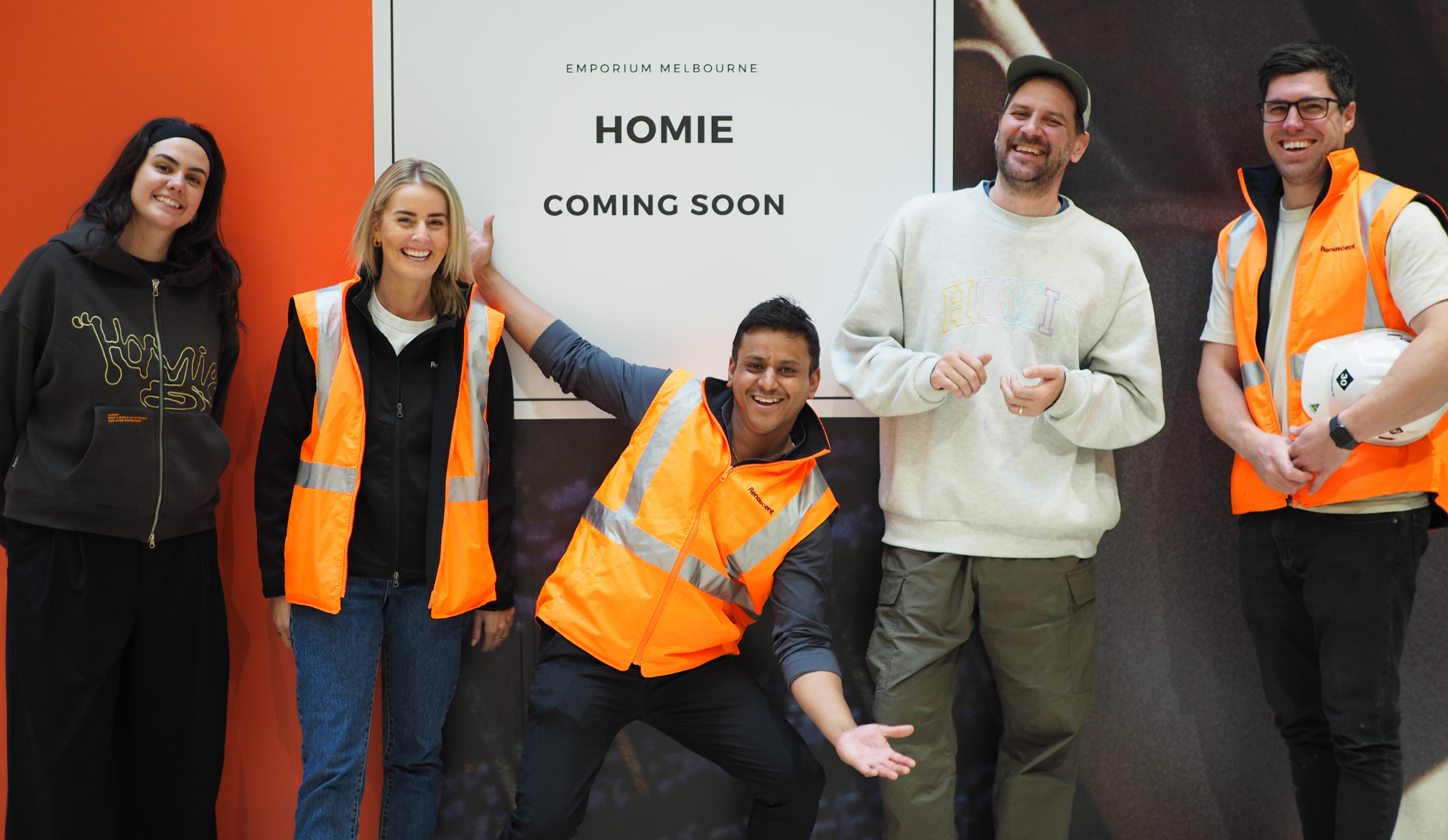Trendy Mini Dresses for Every Occasion: A Style Guide
- Written by The Times

The mini dress is a party icon. Fun, flirty and always feminine this piece is ideal if you want to make a big entrance in a little dress. From stunningly unique designs that stand out from the crowd to classic crops that you can wear, love and style over and over again, there’s something out there for everyone looking to dress up their next night out. Keep reading to discover those trendy mini dresses that will see you through every occasion on your social calendar in fashion-forward style…
Perfect Pastels
If you’re looking to embrace the feather trend and you want to do it in a cool, feminine and unique way, then a pastel lilac mini dress in a party-ready silhouette and finished with a feathered trim is the one for you. Look for a style with floating voluminous sleeves, a relaxed fit that wraps across your waist for definition and a flowy cropped skirt. This airy fit is amplified with a cloud-like feather trim that is sure to draw attention. Lean into the ‘60s vibe of the style and dress with oversized heart hoops, wrap up leather heels and voluminous curls. If you’re looking to play with feathers in a more of a modern mood, choose a vegan leather mini dress cut in a strapless shape with defining bodice panels and a feather trim across a straight neckline. This textured clash is a perfect example of clever style contrasts that do a lot with minimal effort. Wear with tonal accessories to amp up the texture clash even further.
The Hot Pink Sequin Mini
Nothing says fun like a poppy and bright pink mini dress, finished with oversized, light-catching sequins. Choose a party-ready look with a long sleeve silhouette that is close fitting but not skin tight, finished with an alluring torse cut out and accented with a metallic metal ring that sits at your waist. This is the perfect shape for amping up with pointed platform shoes and an eye-catching pair of silver earrings.
The Little White Mini Dress
The little white mini is a classic. Choose a contemporary update with a high neck style that is figure-hugging and finished with a cool angular hem. Draping throughout will add a nod to classic design codes. Style this simple yet striking piece up with pearl earrings and a swipe of timeless red lipstick.
Keep It Pretty Pink Paid
Plaid is that retro print that just keeps on giving! Lean into the vintage feel of the piece with airy off-the-shoulder sleeves, a straight cut neckline, a fitted waist and an A-line, cropped mini skirt that will move with you across the dance floor. Dress with metallic heels and your favourite pair of gold hoop earrings or keep it fresh and feminine with a headband in a matching pink plaid print.
Which of these trending mini dresses will you put to the test for your next party?























